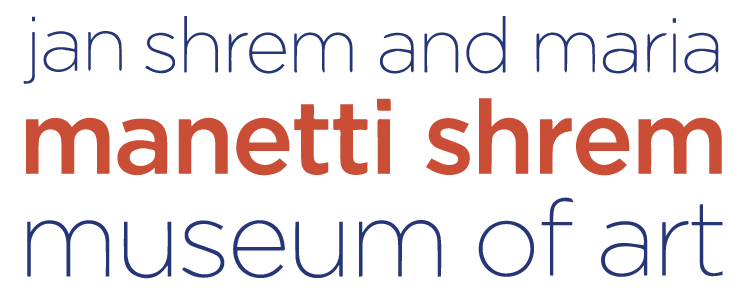Look Closer: Faculty Spend Two Minutes with Two Dogs
Art is a conversation between the artists and the viewer. By paying attention to the whole and its parts, the fullness of the story emerges. In that spirit, we asked faculty members to dive into a work of art from the university’s Fine Arts Collection — without knowing the name of the artist or the title of the painting — for two sustained minutes. After taking a close look, they jotted down their experience of the work. We share these examples of looking closely to inspire you to dive in and explore art and the world around you.

Susan Gilson Miller, professor, Department of History and G. David Miller, project director, Global Fellowships for Agricultural Development Program, Department of Plant Sciences
We looked at this image together and we don’t completely agree with one another. Susan sees it as an illustration for a poem or a story that has mythical aspects. The two animals are idealized and perfect. If they are dogs, they are the most perfect she ever saw. David says it does not matter what they are. All that he sees are shapes — soft curves and no sharp edges. They put the viewer at ease in this time when acute angles confront us daily. There is not much color in the picture. The green background sets the creatures apart, but otherwise, there is little definition; that contributes to the ambiguity. If this were a New Yorker cartoon looking for a caption, here is one from David: “Just what do you mean by ‘woof?’ ”
Archana Venkatasen, chair and associate professor, Department of Religious Studies; associate professor, Department of Comparative Literature
This kind of careful looking requires stillness and silence, which I find hard to do amidst everything competing for my attention. As someone who works primarily with texts, I've nonetheless always been drawn to visual materials and the challenges that they throw up for someone like me — where I have words to direct me somewhere.
For this particular painting, I liked the symmetry/complementarity and the echoing of shapes: the upward pointed, alert ears of the bigger canine/alpha, the floppy downward pointing ears of the smaller dog, the curve of their backs and of their tails. The bigger dog is still and almost frozen in alertness; the smaller one, with his front paws bent, looks like a ball of suppressed kinetic energy. The two animals, although one of the dogs is smaller, seem to fit together like a jigsaw puzzle. They are in the center of the painting, yet they also are decentered as each is looking in a different direction, particularly, the alpha-dog, whose gaze seems to be fixed beyond the frame, but the smaller dog is looking toward the larger one, as though for a signal. But then, on closer inspection, I wasn't sure if the larger dog has a downward gaze — i.e., looking at the smaller dog or not. The colors — the larger dog is slightly darker than the smaller, and the contrast of the dark green scrub, and the lighter, white grey/yellow stone with bits of grass or some such plant growth popping up — made for a subdued image (reminding me of the early dawn, or the first sun) or a kind of mellowness, which is brought out nicely by the wood frame. The two animals are in a relationship of complementarity, perhaps even in concert (are they hunting dogs?), but seem to be in contrast (yellow/green) with their background.
The daughters and nieces of Talinn Grigor, professor and chair, Department of Art History
Four girls ages 10, 12, 12 and 14 had very different interpretations of the work. The youngest commented that although the two animals look like dogs, they might actually belong to different species; for instance, a dog and a fox. The 12-year-olds noticed the hierarchical nature of the image. One feels that the two dogs were crossing paths and then were startled by an incident and the bigger one was looking out for the smaller one, while the other commented on how perhaps animals, like dogs, already had a social ladder way before humans did — animal social and power dynamics that mirror ours. The 14-year-old elaborated, "It's cool." When asked why, the response was "I dunno."
Shiva Ahmadi, professor, Department of Art
This work of art is simply beautiful. Its flatness and transparency is visually pleasing and entertaining. The dogs appear true to size and animated. They are placed in the middle of the picture plane, which points to their importance as the subject matter. The earth tone color and lack of details in the dogs is perfectly juxtaposed with the textural leaves in the background. I’m curious about the artist’s thought process and the way he/she used the material. I love the artist’s use of line to create such simple and fun artwork.
